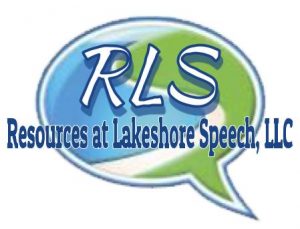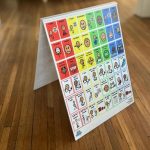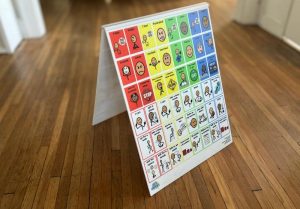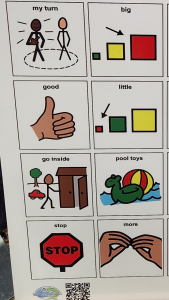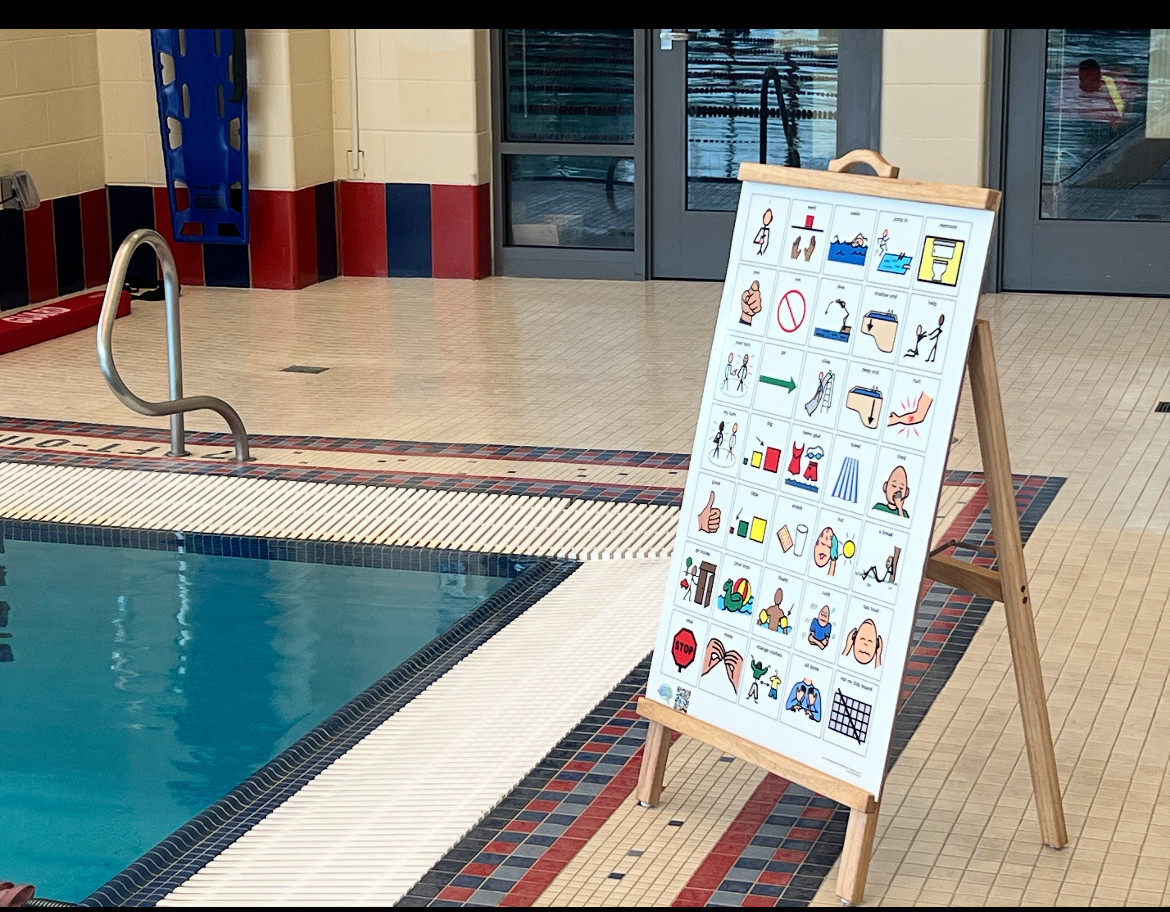
Water safety is a top priority for parents, caregivers, and aquatic facility staff. While floaties and life jackets help keep swimmers physically safe, they don’t address a crucial aspect of water safety: communication. For individuals with communication differences, traditional methods of communicating distress, needs, or safety concerns can be challenging—especially in noisy pool environments. This is where poolside communication boards come in. These durable, waterproof boards provide an essential communication tool that enhances safety and inclusion, ensuring everyone can enjoy the water with confidence.
In this blog post, we will explore how poolside communication boards benefit swimmers, caregivers, and communities, making water safety more inclusive for all.
Why Water Safety Needs Inclusive Communication Solutions
Water safety measures often focus on physical precautions, such as lifeguard training, designated swim zones, and safety gear. However, verbal communication is a key component of ensuring a safe and enjoyable experience at the pool. For individuals with communication differences, those with speech delays, or swimmers who speak a different language, conveying important messages—such as asking for help or understanding a lifeguard’s instructions—can be difficult.
Poolside communication boards bridge this gap by providing visual symbols for essential words and phrases, such as:
- Help
- Stop
- I need a break
- Bathroom
- Cold
- Danger
By incorporating a communication board near the water’s edge, pools become safer and more accessible to everyone, ensuring that all swimmers can express their needs effectively.
Enhancing Safety for Swimmers with Communication Differences
Many individuals with autism, Down syndrome, cerebral palsy, or other communication disabilities rely on augmentative and alternative communication (AAC) to express themselves. However, most AAC devices are not waterproof, making them impractical for poolside use.
Poolside communication boards provide a reliable alternative. With clear, easy-to-understand symbols, swimmers can point to the board to indicate discomfort, ask for assistance, or respond to safety instructions. This ensures that:
- Nonverbal children and adults can express themselves in emergency situations.
- Lifeguards and caregivers can understand a swimmer’s needs quickly.
- Pool staff can give clear, visual instructions to swimmers who might not process verbal language effectively.
For more information on AAC and its benefits, visit The American Speech-Language-Hearing Association (ASHA), a trusted resource for speech and language therapy.
How Poolside Communication Boards Support Caregivers
For parents and caregivers of individuals with communication differences, a trip to the pool can be stressful. Concerns about safety, misunderstandings, or the inability to quickly communicate can make water outings feel overwhelming.
Poolside communication boards alleviate some of this stress by offering a tool that fosters understanding and reduces frustration. By simply pointing to the symbols, caregivers can:
- Reinforce safety rules in a clear, visual way.
- Encourage independence by allowing their child to express needs and preferences.
- Reduce anxiety about communication breakdowns in a potentially high-risk environment.
Encouraging Inclusive Play and Social Interaction
Swimming pools and splash pads are not just about staying cool—they are hubs of social interaction. Unfortunately, children with communication barriers often face challenges in engaging with peers. A poolside communication board helps level the playing field by giving all children a shared way to communicate.
When everyone, including neurotypical children, is encouraged to use the board, it:
- Normalizes alternative communication methods.
- Encourages inclusive play by allowing children to take turns, make requests, and express excitement.
- Reduces frustration and misunderstandings between children of different communication abilities.
By fostering an environment of inclusion, poolside communication boards promote meaningful interactions that go beyond spoken words.
Addressing Language Barriers in Diverse Communities
Public pools serve a wide range of community members, many of whom may not speak English fluently. Language barriers can create confusion when it comes to understanding pool rules, safety instructions, or even asking for help.
Because communication boards rely on symbols and universally understood images, they provide a common ground for communication across languages. A lifeguard, for example, can point to a symbol to reinforce a safety rule, ensuring clarity regardless of a swimmer’s primary language.
This simple yet effective tool enhances overall safety and ensures that public pools are welcoming spaces for everyone, regardless of linguistic background.
Implementing Poolside Communication Boards: Best Practices
If you’re considering adding communication boards to a pool in your community, here are some best practices to ensure their effectiveness:
- Strategic Placement: Install boards in high-traffic areas such as entrances, near lifeguard stations, and shallow water sections.
- Durability Matters: Use waterproof, UV-resistant materials to withstand chlorine exposure, sun, and frequent use.
- Comprehensive Symbol Selection: Include a mix of core vocabulary and pool-specific terms to maximize communication options.
- Multilingual Features: Where possible, pair symbols with text in multiple languages to support diverse communities.
- Education and Training: Train lifeguards, staff, and community members on how to use the board effectively.
Advocating for Poolside Communication Boards in Your Community
If your local pool doesn’t yet have a communication board, you can take steps to advocate for one. Consider:
- Talking to Pool Administrators: Share the benefits of communication boards and provide examples of successful installations in other communities.
- Connecting with Disability Advocacy Groups: Many organizations support inclusive initiatives and may assist with funding or awareness campaigns.
- Seeking Grants or Donations: Local businesses, nonprofits, and community organizations may be willing to sponsor a board for a public pool.
- Engaging on Social Media: Use platforms to spread awareness and rally community support for inclusive water safety measures.
Conclusion
Floaties and life jackets protect swimmers’ bodies, but communication is just as essential for true water safety. Poolside communication boards ensure that all individuals—regardless of their ability to speak—can express their needs, understand safety instructions, and engage with others. By implementing these boards, communities take a meaningful step toward inclusivity, allowing every swimmer to enjoy the water with confidence and security.

